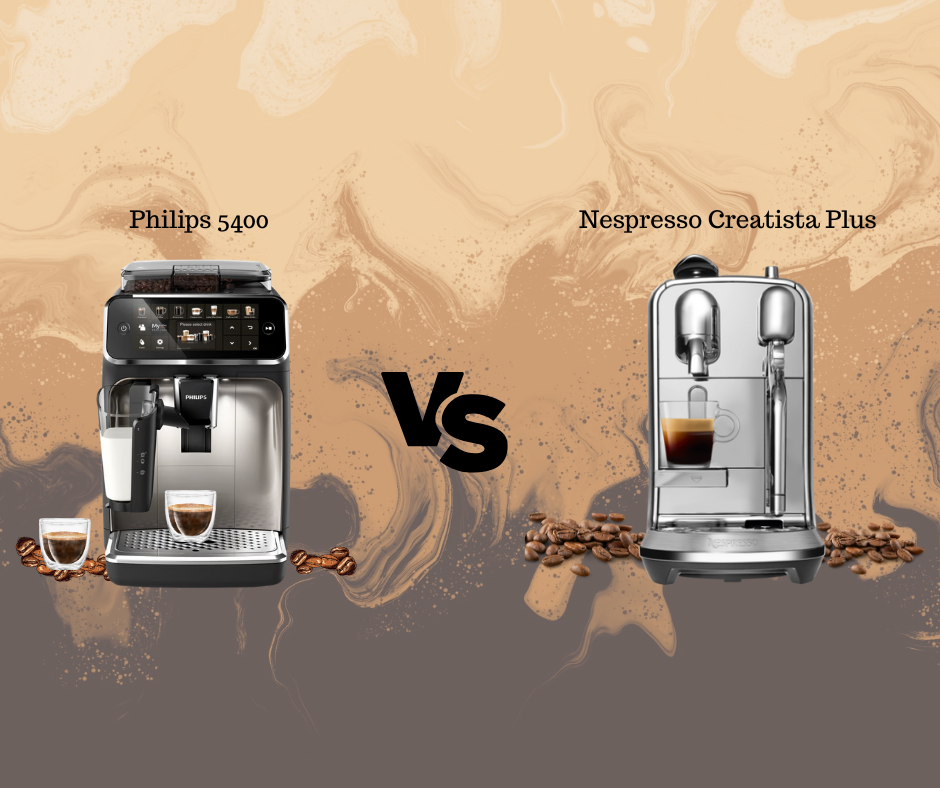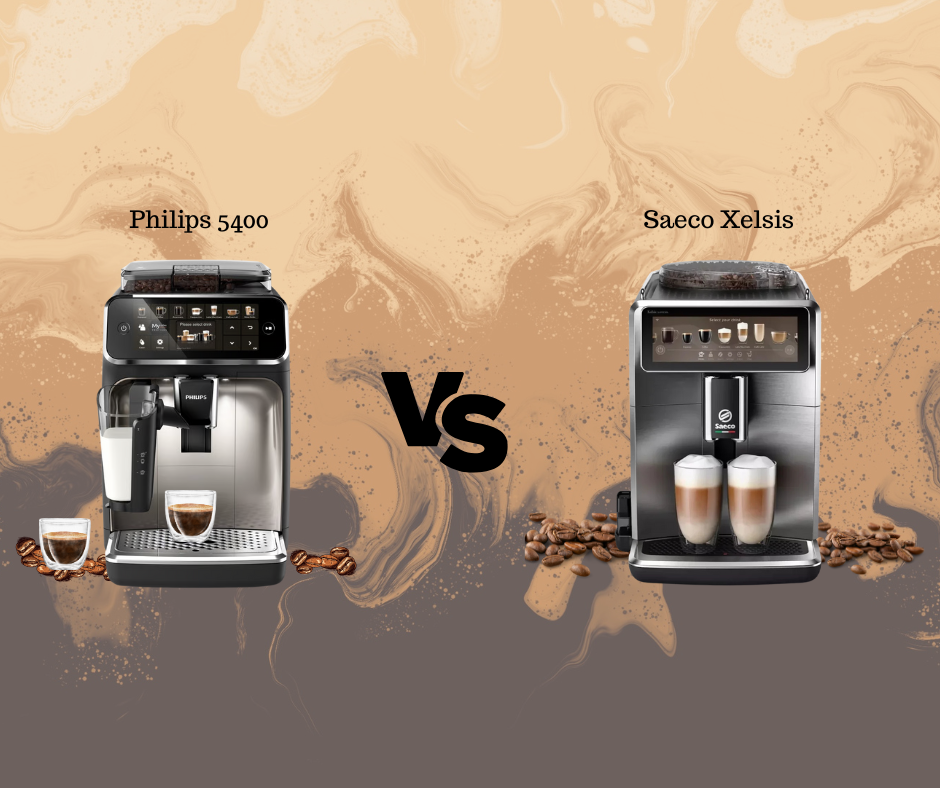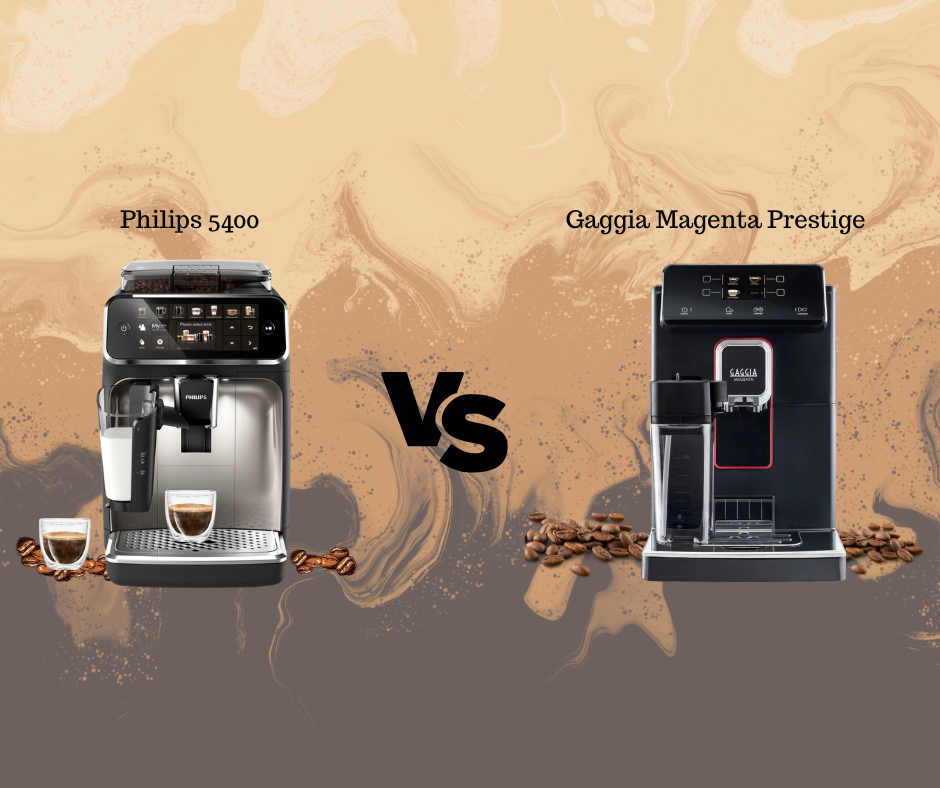The Bialetti Moka Pot, also known as the Moka Express, is a classic stovetop coffee maker. Invented in 1933 by Alfonso Bialetti, it has become a beloved kitchen essential for coffee lovers worldwide.
The Moka Pot’s unique eight-sided design was inspired by traditional Italian methods. Its enduring popularity and iconic status have made it a symbol of Italian coffee culture and design excellence.
Every coffee enthusiast should own a Bialetti Moka Pot. Its ability to brew rich, robust coffee with ease, combined with its timeless design, makes it a perfect addition to any kitchen. Plus, it offers a delightful way to connect with coffee’s rich history and tradition.

History and Origins
The Bialetti Moka Pot was invented in 1933 by Alfonso Bialetti. His goal was to create a simple yet effective way for people to make high-quality coffee at home, akin to what they would get at a café. The invention quickly gained popularity and became a household staple in Italy and beyond.
Alfonso Bialetti drew inspiration from a traditional Italian laundry device known as the lisciveuse. This device used a central pipe system to distribute hot soapy water over laundry. Bialetti adapted this concept, using it to develop a coffee maker that could force boiling water through coffee grounds, thus extracting rich flavors efficiently.
The Moka Pot’s distinctive eight-sided design was inspired by art deco aesthetics and practicality, allowing for even heat distribution. This design has not only become a symbol of Italian ingenuity but also a cultural icon representing the Italian way of life—blending functionality, style, and a love for good coffee. The Moka Pot remains a beloved item in Italian households, symbolizing the country’s rich coffee culture and tradition.

Why Bialetti is the Bee’s Knees
Alright, so you’re probably asking, “Why should I give a latte about Bialetti?” Good question! Let me break it down for you: This isn’t just about making coffee; it’s about creating an experience—a sacred morning ritual, if you will.
- Quality: These guys don’t skimp. We’re talking top-notch aluminum and stainless steel that stands the test of time. This isn’t some flimsy, use-it-and-chuck-it deal.
- Ease of Use: New to the espresso game? No worries! Bialetti makes it fool proof to brew the perfect cup.
- Heritage: This ain’t a newbie on the block. With over a century in the game, Bialetti has been a staple in Italian culture longer than Nonna’s secret sauce recipe.
- Versatility: From single servings to a whole family brunch, they’ve got sizes and styles to match every need.
- Flavor Impact: Prepare for an explosion of rich, robust flavors that’ll have you singing opera from your kitchen.

Design and Build Quality
- Material: Made from heavy-gauge aluminum
- Durability: Lightweight yet highly durable
- Heat Distribution: Ensures even heat distribution for consistent coffee brewing

Comparison with Stainless Steel Variants (Venus, Musa, Kitty)
Stainless Steel Models: Venus, Musa, and Kitty
- Venus:
- Material: Stainless steel
- Design: Sleek, ergonomic handle
- Compatibility: Induction, electric, and gas stovetops
- Musa:
- Material: Stainless steel
- Feature: Heat-resistant knob
- Aesthetics: Complements modern kitchen decor
- Kitty:
- Material: Stainless steel
- Convenience: Dishwasher safe, easy maintenance
- Handle: Extra-wide, heat-resistant
Notable Design Features and Their Practical Benefits
Eight-Sided Design:
- Functionality: Ensures even heat distribution
- Pressure Build-Up: Creates steady pressure for effective brewing
Three-Part Assembly:
- Components: Boiler, filter basket, coffee collection chamber
- Ease of Use: Simple to assemble, use, and clean
Versatility: Stainless steel variants are compatible with various cooktops and offer enhanced durability and ease of cleaning
Key Features of Bialetti
So now that we’ve got the basics out of the way, let’s get down to the nitty-gritty: What makes it the superstar of the stovetop espresso world? I mean, it’s like the Beyoncé of coffee gadgets, so let’s find out why.
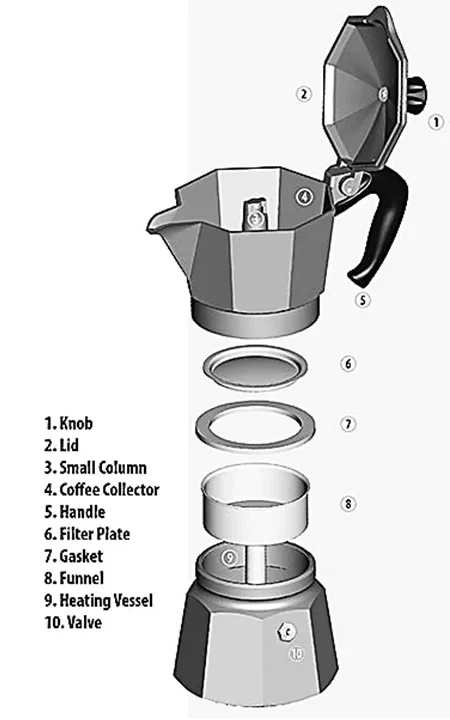
- Build Quality: First up is the construction. It uses high-grade aluminum and stainless steel, ensuring that these bad boys are built to last.
- Consistency: When it comes to brewing, it delivers a performance that’s as reliable as a dog’s love.
- Safety Features: For those of us who aren’t exactly morning people, it has got you covered. The safety valve prevents pressure from building up too much, so you can brew without turning your kitchen into a danger zone.
- Ease of Cleaning: Unlike your last relationship, Bialetti is low-maintenance. Most parts are easily detachable and simple to clean.
- Sustainability: In an age where everything is disposable, Bialetti takes a stand for sustainability. No paper filters, no plastic pods, just pure, unadulterated espresso.
Variants and Choosing the Right Moka Pot
- Moka Express:
- Material: Aluminum
- Design: Classic eight-sided shape
- Popularity: Iconic and widely recognized
- Venus:
- Material: Stainless steel
- Design: Sleek with an ergonomic handle
- Compatibility: Suitable for induction, electric, and gas stovetops
- Musa:
- Material: Stainless steel
- Feature: Heat-resistant knob
- Aesthetics: Modern kitchen decor
- Kitty:
- Material: Stainless steel
- Convenience: Dishwasher safe, easy to disassemble and clean
- Handle: Extra-wide, heat-resistant
Material Differences (Aluminum vs. Stainless Steel)
- Aluminum (Moka Express):
- Pros: Lightweight, excellent heat distribution
- Cons: Not compatible with induction cooktops, can be prone to scratches
- Stainless Steel (Venus, Musa, Kitty):
- Pros: Durable, induction compatible, easy to clean
- Cons: Heavier than aluminum, usually more expensive

Size Options and Their Suitability for Different Households
- 2-Cup Size: Ideal for individuals or small households
- 4-Cup Size: Suitable for couples or small families
- 6-Cup Size: Good for medium-sized families or small gatherings
- 10-Cup Size: Best for larger families or entertaining guests

What Sets Bialetti Apart
So you’ve wandered through the labyrinth of coffee makers out there, and you’re wondering, “What makes coffee gadget the true espresso messiah?” Well, grab a seat and get cozy; it’s time to learn.
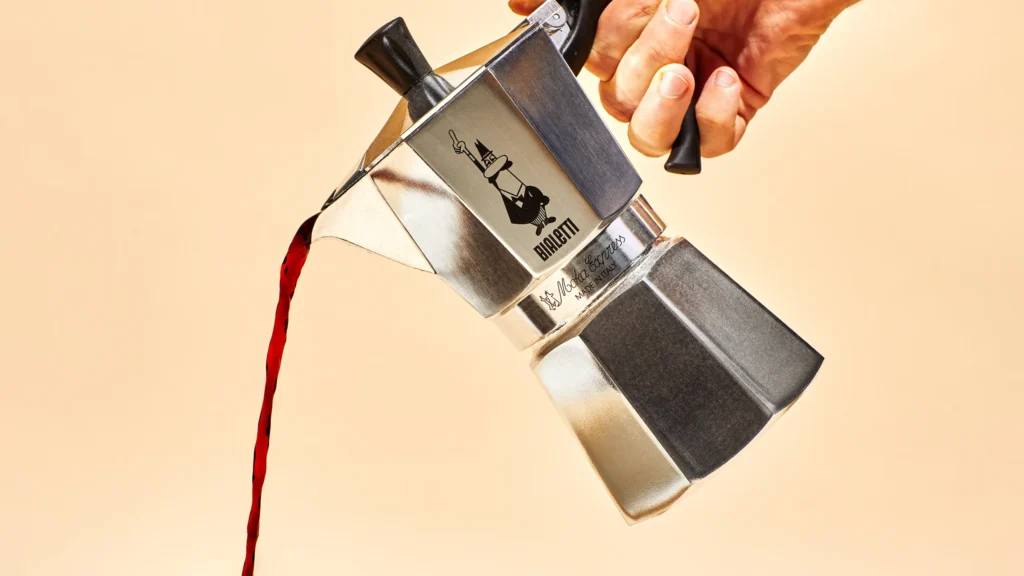
- Iconic Style: Look, I know we’ve talked about the build quality, but we gotta revisit that design. That classic octagonal shape isn’t just for show; it helps distribute heat evenly, making your espresso extra velvety. The design is so iconic that it’s pretty much the Rolls-Royce emblem of the coffee world.
- Heritage & Street Cred: Imagine having a brand so ingrained in coffee culture that people across generations swear by it. That’s Bialetti. It’s the stuff of legends, like your grandma’s meatloaf or those secret family recipes—just universally beloved.
- Innovation with Integrity: Bialetti isn’t stuck in the 20th century. They’ve ventured into electric espresso makers, milk frothers, and even (gasp!) French presses. But regardless of the forays into new tech, they’ve kept true to their roots, ensuring quality and consistency remain top-notch.
Potential Downsides of Bialetti
Alright, time to get real. No rose-colored glasses here. While Bialetti is the espresso Jedi we all know and love, even Jedi have their flaws (looking at you, Anakin). Here’s what you need to keep in mind:
- Cost: High-quality doesn’t always mean budget-friendly. Bialetti products can be a bit on the pricier side, especially when you venture into their more advanced gear. But hey, excellence has a price tag, right?
- Learning Curve: While Bialetti prides itself on ease of use, getting that ‘just right’ cup of espresso might take a few tries. Don’t expect to become a home-barista prodigy overnight.
- Compatibility: The classic stovetop models are not induction-friendly, so if you’re rockin’ a modern kitchen with an induction stove, you’ll need an adapter or one of their induction-compatible models.
- Not for the Impatient: Good things take time, and so does a Bialetti brew. If you’re the type that wants coffee 10 seconds ago, the ritualistic Bialetti process might not be your cup of tea—or, uh, coffee.

Care and Maintenance
Proper Cleaning Techniques
- Warm Water: Always wash your Moka Pot with warm water. Avoid using soap as it can strip the pot of essential coffee oils that build up over time and contribute to the flavor of your brew.
- Avoid Abrasives: Do not use abrasive sponges or cleaning tools that can scratch the aluminum or stainless steel surfaces. Gently scrub with a soft cloth or sponge.
- Air Dry: Allow all parts to air dry completely before reassembling to prevent any residual moisture that could affect the flavor or cause corrosion.
Importance of Seasoning the Pot
- Building Coffee Oils: Over time, a thin layer of coffee oils will build up inside your Moka Pot. This seasoning enhances the flavor of your coffee, creating a richer and more consistent brew.
- Natural Non-Stick Layer: These oils also act as a natural non-stick layer, making the Moka Pot easier to clean and maintain. Avoid using soap to preserve this layer.
Common Issues and Troubleshooting
- Stuck Parts:
- Prevention: Ensure the pot is completely dry before storing and avoid over-tightening the parts when assembling.
- Solution: If parts become stuck, gently tap the sides of the pot or use a rubber grip to carefully twist them apart.
- Inconsistent Brews:
- Water Level: Make sure to fill the base with water up to just below the safety valve.
- Coffee Grounds: Use a consistent grind size and avoid compacting the coffee in the filter basket.
- Heat Settings: Brew on medium-low heat to allow for a gradual extraction, avoiding too high or too low temperatures which can cause sputtering or under-extraction.
Maintaining your Bialetti Moka Pot with proper care and seasoning will ensure it continues to deliver delicious coffee for years to come. Regular cleaning and understanding the nuances of brewing can help avoid common issues, making each cup a perfect blend of rich flavors.
Conclusion
The Bialetti Moka Pot stands as a testament to timeless design and functionality. Since its invention in 1933, it has remained a beloved fixture in kitchens worldwide. Its simple yet effective construction, ease of use, and ability to brew rich, flavorful coffee make it an essential tool for any coffee lover. Whether you choose the classic aluminum Moka Express or one of the stylish stainless steel variants, the Moka Pot delivers a unique and satisfying coffee experience.
I remember the first time I used a Moka Pot—it felt like a mini adventure in coffee brewing. The anticipation as the coffee gurgled its way into the top chamber, filling the kitchen with a rich, aromatic scent, was simply delightful. Every cup I’ve made since has been a small ritual, a moment to savor not just the coffee, but the tradition and craftsmanship behind this iconic device.
If you haven’t yet experienced the joy of brewing with a Bialetti Moka Pot, now is the perfect time to start. Its blend of tradition, design, and practicality offers a unique way to enjoy your daily coffee. Give it a try, and discover why this Italian classic has captivated coffee lovers for generations. Happy brewing!
FAQ Section
- Moka Express: The classic aluminum Moka Express is not compatible with induction stovetops due to the material.
- Stainless Steel Models: The Venus, Musa, and Kitty models are made from stainless steel and are compatible with induction stovetops. These models are ideal if you have an induction cooktop.
- Water Temperature: Start with hot water in the base to speed up the brewing process and reduce the chance of the coffee burning.
- Heat Setting: Use medium-low heat to ensure a gradual extraction. High heat can cause the coffee to over-extract and burn.
- Timing: Remove the Moka Pot from the stove as soon as you hear the gurgling sound, indicating that the brewing process is complete.
Disclosure: Our blog contains affiliate links to products. We may receive a commission for purchases made through these links. However, this does not impact our reviews and comparisons. We try our best to keep things fair and balanced, in order to help you make the best choice for you.

